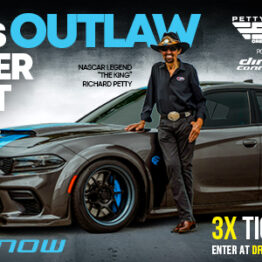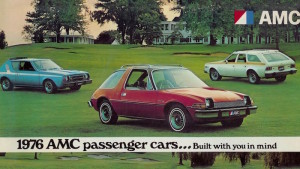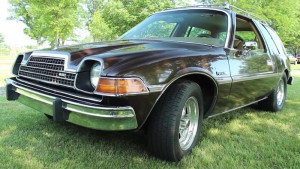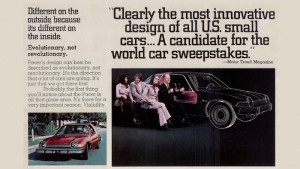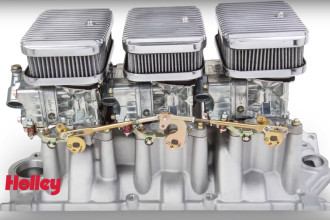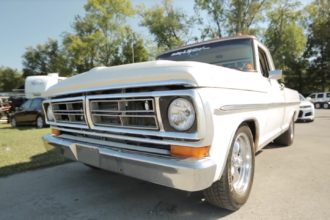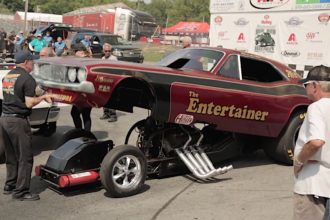Words used to describe the AMC Pacer usually aren’t particularly kind. Some people compare the looks to a pregnant elephant, or a fish bowl on wheels, while others simply love it. It’s one of those cars that you either can’t get enough of, or just can’t stand. How the car came about and how it faded into obscurity is both interesting and unfortunate.
Back when Chrysler, Ford, and Chevy were dominating the market, the little guys were having a hard time keeping up. That’s when Nash and Hudson Motor Car Company came together to form AMC. It made its place in the market by selling smaller cars — something America didn’t have a lot of at the time. It survived the ‘60s, despite some major obstacles, and went on to become a pretty big name in the ‘70s.
AMC saved money by making a lot of parts interchangeable. They also managed to gain a very loyal following because they weren’t the ‘big guys’ in the industry. When it came time to bring in a new model, the design team came up with a vehicle that was nearly as wide as the Eldorado, but was around four feet shorter. During its premiere, the Pacer was a car everyone wanted and demand pushed production to the max.
When the government forced emissions regulations on the industry, it put the hurt on performance and fuel economy. Then safety regulations came along to weigh down the already chunky car. AMC cars began to drop off as regulations were eating up the company’s money.
The Pacer’s futuristic styling was starting to feel outdated, and AMC introduced a new Pacer in 1974. A wide wagon offered more room, and sold well, for a little while. Later in the ‘70s, a V8 Pacer came out that defied the interchangeability of the models, this really dug into the production cost.
After a while, people started to feel strange about the Pacer. The Pacer was the Chevy SSR of its time. Everyone who wanted one, got one right away, and demand quickly dropped off. Poor build quality and oddball styling made them an easy target for criticism. After years of too few changes, the public lost interest, and 1980 would be the last model year of the Pacer. The public spoke, and the Pacer wore out its welcome pretty quickly.
AMC cleared out the Pacer’s production to make way for the Eagle, which it found success with again. Over time, it couldn’t keep the momentum with that model either. Regardless, there is still a cult following for AMC, and specifically the Pacer to this day.
Elizabeth is hardcore horsepower enthusiast with unmatched intensity for making things faster and louder. She wakes up for power and performance and only sleeps to charge up for the next project that’s heading to the track. From autocross to drag racing, Elizabeth is there with you, so stay tuned for her unique perspective on horsepower news, builds, tech info, and installs — with her, it’ll never be boring!

